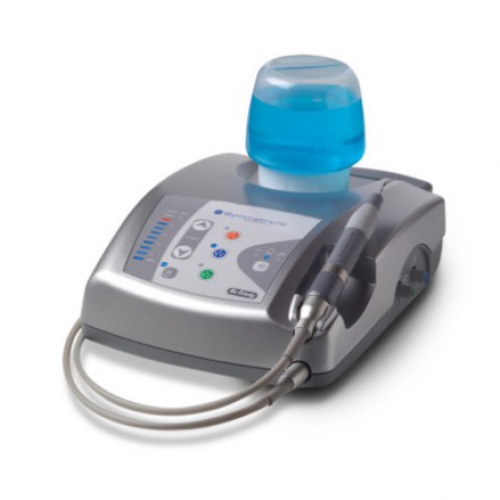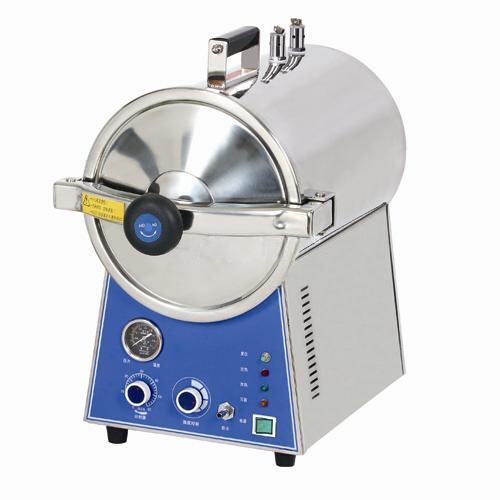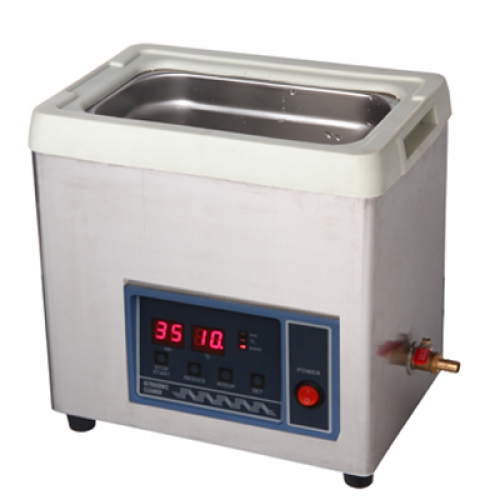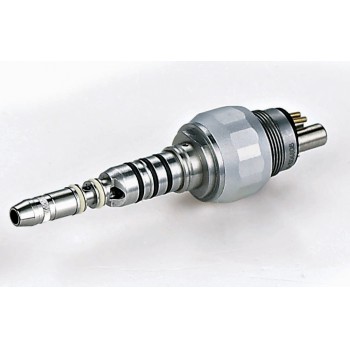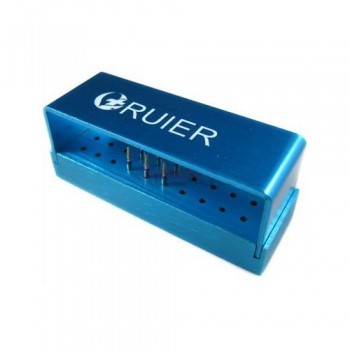
The goal of instrument sterilization is to provide sterile instruments chairside every time. This process involves proper performance of each step in a series to achieve success.
Dental offices use three major types of sterilizers today — steam, unsaturated chemical vapor, and dry heat. Each type has procedural advantages, limitations, and specific wrapping requirements.
The most common type in dental offices is the steam sterilizer (Dental Autoclave Sterilizer), which involves heating water within a closed chamber. The result is steam and, in time, buildup of pressure. Residual air in pockets can insulate and prevent sterilization. Steam drives air from the chamber out an escape valve. The valve closes, allowing pressure to build.
The heat generated is the sterilizing agent. In a closed system depleted of air, the steam becomes very hot. The two sets of operational parameters most often used are 121°C/250°F with a pressure of 103 kPa/15 psi or 134°C/273°F with 206 kPa/30 psi of pressure. Shorter cycles usually require higher operational temperatures.
There are three types of steam sterilizers based on how air leaves the unit. They are gravity displacement (performs type N cycles), vacuum assisted (performs type B cycles), and positive steam flush with pressure pulses (performs type S cycles).
In gravity displacement sterilizers, steam forces air out the bottom through a special drain. When the desired operation temperature is achieved, the drain closes. This keeps the temperature constant.
Today, vacuum-assisted steam autoclaves usually perform both pre- and postvacuum cycles, which can also be pulsed. Prevacuum cycles evacuate air out and pull steam throughout the loaded chambers. The postvacuum cycle removes steam, enhancing package drying.
The third type of steam sterilizer employs repeated injections of steam with associated pulses/changes in pressure (a steam-injection, positive pressure pulse displacement process).
Advantages of using steam autoclaves include large capacities, shorter cycle lengths, product familiarity, and vacuum-assisted cycles in some models. Disadvantages include rusting/dulling of carbon steel items, prohibition against closed instrument containers, hard water spotting, the need for drying of instrument packages, and damage to some heat-sensitive plastics and rubber items. Wrapping/packaging must allow penetration of steam and movement of air outward.
Unsaturated chemical vapor sterilizers (Harvey sterilizer or Chemiclave) use a special chemical solution instead of water to generate a killing vapor. Operational conditions are 132°C/270°F with a pressure of 172 kPa/25 psi for 20 minutes.
Advantages of unsaturated chemical vapor sterilization include little or no rusting of carbon steel instruments and instrument packages that dry quickly after completion of a cycle. Instruments need to be dry when loaded. Some plastic and rubber items may be damaged during processing. There are special requirements for storing, handling, and disposing of the flammable sterilizing solution (contains acetone, alcohols, ketones, and formaldehyde).
Dry heat sterilization involves heating of air and then transferring heat energy to instruments. The process requires temperatures higher than steam or unsaturated chemical vapor sterilizers. Operational temperatures vary from 160°C to 190°C (320°F to 375°F). The two types of dry heat are oven type sterilizers (static air) and rapid heat transfer (forced air).
Static air types usually require higher operational temperatures and longer cycles but are less expensive than forced air models. For example, static air types require one- to two-hour cycles at 160°C (320°F). Heat-up time may be 15 to 30 minutes from a cold start. You should never open the door during operation.
Forced-air or rapid heat transfer models circulate heated air throughout the unit. The result is a faster warm-up and shorter, but hotter operational cycles (e.g., 12 minutes at 190°C [375°F]). Some units are completely automated and cool instruments while still in the chamber.
Advantages of dry heat sterilization include little or no rusting/dulling of carbon steel items and instruments that are dry at the end of the cycle. Some plastics and rubber items may not survive. Instruments need to be dry when loaded. Opening the door during operation causes a dramatic decrease in temperature.
